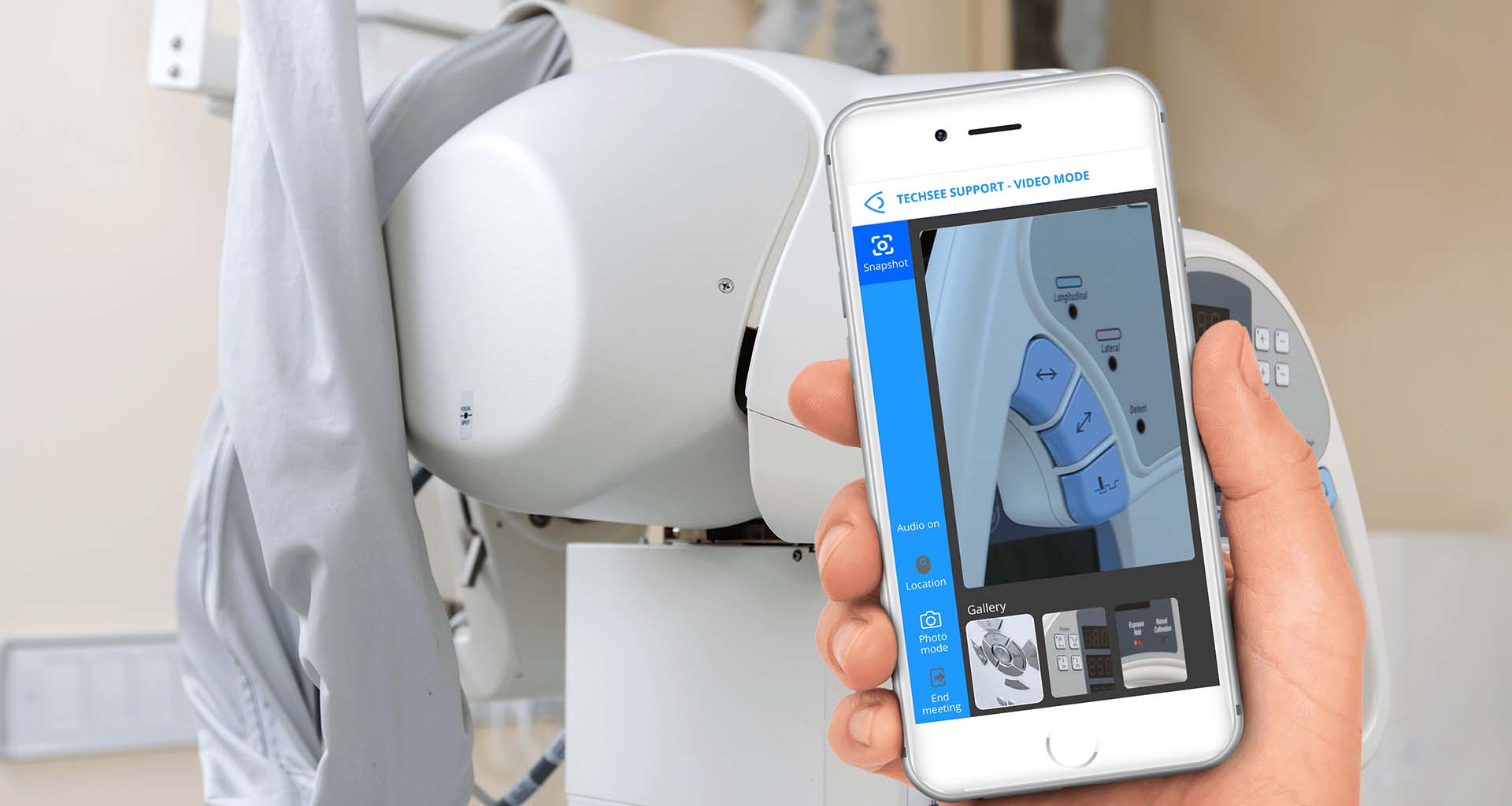Contents
In the medical technology field, manufacturers must provide medical device support for their products across a wide range of settings, including hospitals, urgent care centers, physicians’ offices, nursing homes, mobile units, and even individual homes. It’s therefore no surprise that the global medical device market size is approximately half a trillion U.S. dollars. Although COVID-19 interrupted the supply chain, the industry experienced a surge in demand buoyed by the need for ventilators to treat COVID-19 patients. This market growth is expected to continue, and the industry is estimated to reach $603.5 billion in 2023.
Unique medical device support challenges
Medical equipment servicing and technical support is not the same as supporting telecom equipment or POS hardware. The stakes are much higher, due to the expense and rarity of these devices, the scheduling difficulties involved with service, and the human lives affected by any unnecessary downtime.
Expense and rarity of these devices
Healthcare facilities have no choice but to invest in high-end medical equipment such as ultrasound and X-Ray devices, MRI machines, and CT scanners, to name a few. These high-end machines can cost a few hundred thousand to several million dollars each. Average size facilities may depend solely on a single high-end device to deliver patient care or diagnostics. Unlike low-cost or easily acquired equipment, temporarily replacing these devices while waiting for service is not possible.
Catastrophic downtime
When medical devices fail or need servicing, healthcare facilities lose revenue. According to research, an MRI machine can be out of service for 30 to 60 hours each year. At an average cost of $2,000 per scan and one hour per scan, healthcare facilities can lose $60,000 to $120,000 per year just on a single MRI machine.
In addition to the monetary loss from lower reimbursements, healthcare facilities must shoulder the cost of paying idle staff who cannot work when the equipment is down and the loss of productivity that results from the bottlenecks. Aside from these short-term costs, medical device downtime means that patient care is delayed, potentially damaging a hospital’s reputation and profitability in the long term.
Scheduling challenges
Medical devices are relied upon to operate 24/7. Whether it is hospital-based imaging instruments and dialysis machines, or home-based respiratory machines and renal devices, there is never a convenient time to schedule service or repairs. These scheduling challenges are further exacerbated when the medical device is located in a remote location, far from the manufacturer’s service base, or when safety guidelines – related to COVID-19 or otherwise – do not allow technicians to enter the wards where the equipment is housed.
Need for better customer service with medical devices
Medical device manufacturers have primarily focused on R&D and regulatory compliance, not on customer service. Unfortunately, this has resulted in industry call centers developing reputations for poor service and long wait times. But today’s drive to provide better customer experiences has not escaped the medical device industry.
According to a survey by PwC’s Health Research Institute, 49% of healthcare executives said revamping the patient experience is one of their organization’s top three priorities over the next five years. And for good reason. According to a 2016 report by Deloitte, higher patient experience ratings are associated with higher hospital profitability, with hospitals garnering excellent patient ratings having a net margin of 4.7% compared to only 1.8% for hospitals with low patient ratings.
Medical device companies that aim to transform their product-focused culture into one that is service-oriented face their own set of challenges. They must find ways to drive culture change at all levels of the contact center, from recruiting leaders who have a clear vision for customer support excellence to hiring agents who have both call center expertise in addition to technical experience. Change happens slowly in the highly regulated healthcare industry, but forward-thinking companies will seek solutions that will prove critical to business success and the key to growth in an evolving landscape.
Possible Solutions for better medical device support
The challenges of medical device support represent an opportunity for medical device manufacturers to differentiate their business by finding innovative and effective solutions that can reduce device downtime.
Preventive maintenance using IoT data
Embedding Internet of Things (IoT) sensor technology into medical devices enables the manufacturer to monitor the equipment remotely. These sensors provide real-time diagnostic data that can help the medical device manufacturer determine when a medical device, whether located in-hospital or at-home, will require maintenance. This data empowers the manufacturer to provide proactive service or replacement to the healthcare facility or the patient before any downtime occurs.
Fast resolutions using visual assistance
Visual assistance is an increasingly popular technology that enables medical device manufacturers to provide remote support to healthcare providers and patients. It establishes a live video stream with the user and overlays Augmented Reality annotations to provide step-by-step resolution guidance on their mobile screen. Advanced solutions use the power of Computer Vision AI to recognize the device and the problem, such as LED lights, error messages, or cabling issues, enabling the manufacturer to provide faster resolutions without dispatching a technician.
Advancing medical device support
To compete in the competitive healthcare market, medical device manufacturers must provide support excellence for their products and solutions. Due to the industry’s unique support challenges, such as the expense and rarity of these devices, the scheduling difficulties involved with service, and the human lives affected by any unnecessary downtime, manufacturers need creative solutions that meet the growing need for better CX through faster resolutions.






